What if I told you there was a toy history museum with over 100,000 square feet of displays, interactive exhibits, playable pinball & arcade machines, and an indoor butterfly garden? All this and more can be found at The Strong National Museum of Play in Rochester, New York! For the past few years, I’ve been meaning to visit The Strong to check out its collection of vintage playthings and research LEGO history. A scheduled trip to nearby Niagara Falls provided the perfect opportunity for my girlfriend Natalie and I to explore the museum and what it has to offer.
Margaret Strong’s Legacy of Play
The Strong owes its existence and name to Margaret Woodbury Strong, who opened the “Margaret Woodbury Strong Museum of Fascination” in 1968. Strong grew up in a wealthy family who had built their fortune selling buggy whips and investing early in the Eastman Kodak Company. Strong began collecting toys from around the world as a child and, as she grew older, the collecting bug expanded into other areas like artwork. However, it was Strong’s toys that earned her the most notoriety, including a collection of over 27,000 dolls.
Unfortunately, Margaret Strong wouldn’t live to witness the growth of the museum, having passed away in 1969 at the age of 72. She bequeathed her massive collection and a substantial portion of her financial assets to support the museum, which opened in downtown Rochester in 1982. Since then, the Strong has evolved and expanded into a museum celebrating the history of play and made play an integral part of its mission.
A First Floor of Fun
Driving up to the museum, I couldn’t help but feel in awe of its sheer size. The three story building consists of a whopping 285,000 square feet, and there are plenty of interesting architectural details like overlapping colored blocks and a massive round, multicolored window. Stepping through the main entrance reveals an impressive atrium with an operating 1918 carousel, towering facade, and a 1950s diner where you can even grab a bite to eat!
If you have children, the first floor of The Strong has specially themed areas with plenty of activities, including enjoying a book in Reading Adventureland, trying out puppets in Sesame Street, or playing the roles of cashier and shopper at the Wegmans Super Kids Market. Each of the areas are brilliantly designed to be immersive like what you might find at a themepark. Even the set of Sesame Street has been recreated, right down to Big Bird peering out the window.
While the emphasis within these areas is providing a playground for kids, it would be unfair to label The Strong as a children’s museum. Each play area features exhibits documenting the history of play, be it vintage Golden Books lining the walls of Reading Adventureland or an unopened Tickle-Me-Elmo in Sesame Street. You might just catch a glimpse of something from your childhood or even older, and that is something great to share with your family.
Take Flight with Butterflies
One of the most unique exhibits is the first floor’s Dancing Wings Butterfly Garden, a nod to outdoor play and tribute to Margaret Strong’s award-winning passion for gardening. This particular wing of the building is shaped to look like a butterfly in flight and showcases a wide array of both native and tropical butterflies to “ooh” and “ahh” over. Natalie loves butterflies, so we spent the better part of an hour here, but it was fun meandering through the tropical plant-laden pathways. If you hold still long enough and are lucky, a butterfly might even land on you.
In addition to butterflies, the garden is also home to turtles, koi fish, a tortoise, a chameleon and a bird called a Green aracari. The most lively animals by far were the tiny Button quails, which had free reign of the place. They were an overload of adorableness, especially when they bobbed their heads back-and-forth while walking. When visiting, just be sure to mind where you step!
The Halls of Fame
A trip up the stairs introduces you to the Toy Halls of Fame, home to the National Toy Hall of Fame and the Toy Industry Hall of Fame. The layout of the exhibit space feels very organic and overlooks the colorful ocular window. While hall of fames are serious business, it’s not so serious to eliminate play from the equation; you can manipulate the parts on a giant Mr. Potato Head, play with a kinetic sculpture, and make color-coded music.
The National Toy Hall of Fame was founded in 1998 and moved to The Strong in 2002. The Hall of Fame “…recognizes toys that have inspired creative play and enjoyed popularity over a sustained period.” LEGO was one of the first such toys to be inducted in 1998. Since then, the list has expanded to 68 toys, including Star Wars action figures, Silly Putty, jigsaw puzzles, the Nintendo Game Boy, and even the stick (because toys had to start somewhere).
LEGO sets are showcased alongside other inducted construction toys such as Erector, Tinkertoy, and Lincoln Logs. There’s a brick-built macaw, which appears to be a vintage LEGO store display, and Crayola crayons are displayed alongside a giant LEGO version. Other cool vintage toys on display include Mr. Potato Head (back when a real potato was used) and a 1766 jigsaw puzzle depicting a map of Europe. Widely considered to be the first jigsaw puzzle, it was designed to help teach children about geography.
While the National Toy Hall of Fame is for the toys themselves, the Toy Industry Hall of Fame recognizes individuals who have made a significant contribution to the industry. Inductees are featured on an elegant kiosk, with etched glass portraits that are backlit. LEGO fans will be pleased to see owner Kjeld Kirk Kristiansen and Peter Eio, the latter having played a pivotal role in bringing the Star Wars license to the LEGO Group’s portfolio. Visitors can learn more about each figure via an interactive screen.
Play through the Ages
A wealth of antique and vintage toys are on display throughout The Strong. LEGO is well-represented in the construction toy area, including the 1960s Samsonite Junior Constructor and classic Town Plan. An adjoining case houses a few of the inaugural LEGO Star Wars sets from 1999, along with a small exhibit delving into how LEGO reconnected with girls. You will even find a LEGO sculpture of Nintendo’s Mario.
I was particularly excited to see a boxed copy of the Mini-Wheel Model Maker Delivery Van Kit, which is hard-to-find and unusual for having the instructions printed on the back of the box. The reason for this is that it was sold by Samsonite in 1972, the final year they held the license for distribution in the United States. Eliminating pack-in building instructions was a way for Samsonite to cut costs and maximize profits until the very end.
You can find LEGO products in other areas of the museum, too. Some of the first LEGO Batman sets can be found in the DC superheroes area. A round of LEGO Heroica sits alongside classic board games like Cranium, Axis & Allies, and Settlers of Catan. Meanwhile, a LEGO Star Wars display stands alongside classic Star Wars action figures.
In addition to LEGO, there are plenty of other construction toys to satisfy your curiosity. You can find perennial classics like Erector, Lincoln Logs and Tinkertoy, as well as more obscure offerings like Union Building Blocks and Kenner’s Girder & Panel building.
For me, the most interesting non-LEGO construction toy on display was Halsam’s American Bricks. Introduced in the 1930s and made of wood, American Bricks might be considered one of the forerunners of interlocking building blocks. Bricks connected together via tiny studs on top and holes underneath. By the 1950s, the bricks made the jump into plastics and were rebranded as American Plastic Bricks. They had a surprisingly long run, being eventually bought out by Playskool and produced through the 1970s.
Aside from construction toys, there are plenty of other antique playthings spanning all eras. It’s hard to not feel overwhelmed by the volume of dolls, action figures, games, vehicles and mechanical toys. It would take forever to describe everything I saw, but a few personal favorites were a 1920s Charles Lindbergh doll, Teddy Ruxpin and the First twelve Star Wars action figures.
Video Games and Pinball Machines, Oh My!
Considering play has entered the digital age, it should be no surprise that video games and pinball machines have a strong presence at The Strong. It is home to the International Center for the History of Electronic Games and the World Video Game Hall of Fame. A number of consoles are on-hand to play, allowing you to play the games on original hardware like Sonic the Hedgehog on SEGA Genesis or Kings Quest on PC.
My favorite part of the electronic games exhibits were the dozens of arcade cabinets, often arranged in a way to make you feel like you’ve walked into an old-school arcade. Natalie and I had a blast playing everything from Frogger and Street Fighter to classic beat-em-ups like Konami’s Teenage Mutant Ninja Turtles and X-Men. We even played a couple rounds of air hockey, in which Natalie bested me every time; things became so intense I broke a sweat!
We also enjoyed the Pinball Playfields room, where you can play pinball machines from as far back as the 1940s to the present day. If you think you’re a pinball wizard, the older machines show no mercy; I tried a round of Atari’s Superman-themed pinball, and it ended VERY quickly. My favorite pinball machine was the Ghostbusters-themed one, complete with tons of lights and sounds, beautiful artwork, and plenty of references to the movie. It probably also helped that it was more forgiving than Superman.
While the arcade cabinets and pinball machines aren’t on free play, the price of admission is worth it. A dollar buys you five tokens, and each machine requires one token per play. More importantly, all of that money goes back into maintenance and preservation of the equipment. Sure, you can play many of these titles via emulation on your PC or a mobile device, but there is nothing quite like playing them as they were meant to be. There’s nothing quite like standing in front of an arcade machine with its glowing marquee, gripping the joystick, and button mashing like there’s no tomorrow.
The Strong also boasts a massive collection of historic home video games, consoles, and peripherals, some of which are on display behind glass. One of the coolest exhibits is the workspace of Ralph Baer, the father of modern video games and the inventor of the light gun. Speaking of light guns, remember the Nintendo Entertainment System’s cartoony zapper which appeared in gray and orange? In Japan, the Famicom light gun was more realistic and fashioned after a classic revolver in black. They have one at The Strong, and it is used in context with other artifacts and a discussion on attitudes of violence in video games across cultures.
The Vault
While a ton of toys are on display, The Strong has even more in what they call “the Vault.” Hearing it referred as such evoked memories of LEGO’s own vault, in which they house products from throughout their history. It’s worth noting this portion of The Strong is NOT open to the general public. Outside of museum staff, the only people granted access are visiting scholars. Since I was at The Strong doing research for the Brothers Brick, Senior Director of Public Relations Shane Rhinewald and Curator Nicolas Ricketts were kind enough to take me behind the scenes!
As soon as the doors opened, I felt like Howard Carter entering King Tut’s tomb for the very first time. Instead of gold and mummies, my eyes were greeted by an enormous room filled to the gills with toys. To maximize space, dozens of rolling stacks house legions of dolls, games, Japanese tin-toys…you name it. The collection is so large that it requires five curators to take care of, each with their own areas of expertise; Nicolas specializes in jigsaw puzzles and card & board games, as well as some of the museum’s more eclectic collections.
Having had a blast with the vintage arcade cabinets and pinball machines, I was stunned to see dozens of unique examples. They come to the vault, in part, because there isn’t enough room for them in the exhibit space, and it gives them a break for maintenance and repairs. Speaking of which, there is a commitment to restoring the machines to original condition as much as possible, though 3D-printed parts are sometimes called into service.
Nicolas proceeded to show me shelves filled with construction toys, including LEGO products not on display. Among them were a few LEGO skyscrapers built by a construction toy enthusiast whose collection had been acquired by The Strong. While LEGO is my primary area of interest, it was also fun to see all the other weird and wild construction toys past and present. It just goes to show you how building has played a fundamental role in the history of play.
Toward the end of the tour, Nicolas guided me to the rolling stacks containing board games and puzzles. He pulled out drawers filled with examples from the late 19th and early 20th centuries, including the Game of India (based on the Indian game of Pachisi, better known in the West by its Parker Brothers’ name of Parcheesi). One of the coolest objects was a boxed jigsaw puzzle of U.S. President Abraham Lincoln dating from 1893. Looking at it, I couldn’t help but think how less than thirty years had passed since Lincoln’s assassination, so the event would have remained fresh in the minds of many Americans.
Final Thoughts
When the time finally came to leave The Strong, I….well….didn’t want to leave. Can you blame me though? It’s a tremendous resource for the general community, toy & electronic game collectors, and researchers alike. Their collection is rich and diverse, and the presentation of playthings is well-planned, engaging and meaningful.
In particular, I appreciate the lengths The Strong has gone to in telling a well-rounded story of the history of play. They do not stray from more controversial issues, whether it’s arranging classic gaming relics to discuss the history of video game violence or using the evolution of Lara Croft to illustrate shifting attitudes on gender roles in games. The museum also celebrates industry milestones from toys that have stood the test of time to the roles of women in the toy and video game industries.
It’s the perfect place to enjoy with your children, as they will find plenty to keep themselves occupied and so will you. They can revel in what they love, and you might even be able to introduce them to toys and games you grew up with. Remember how fun it was to play the Teenage Mutant Ninja Turtles arcade game with your friends? What better way to enjoy the nostalgia than sharing it with your little ones?
This is not to say you need to have children to enjoy The Strong (they have some adult exclusive activities like their Happiest Hour event). Natalie and I don’t have children, and we had a blast. In fact, I would go so far as to say this is one of the best history museums I have ever been too. If you ever plan on visiting New York, remember there’s more to do than dining on wings in Buffalo or enjoying the mist from Niagara Falls. Be sure to set aside a day to visit The Strong in Rochester. Even if you only have a passing interest in vintage playthings, you won’t be disappointed.
Discover More
For more information on the museum and what it has to offer, visit the Strong National Museum of Play’s website. Have a cool plaything artifact you think the museum might be interested? Donation inquiries are welcome. Please contact Collections Manager Victoria Gray for more information via email at vgray@museumofplay.org
The Strong is also home to the Brian Sutton-Smith Library and Archives of Play, a research library dedicated to playthings past and present. The Brothers Brick will delve further into this unique repository in a future article! For more toy museum fun in the meantime, you might also be interested in our look at the 1 year anniversary of the LEGO House in Billund.


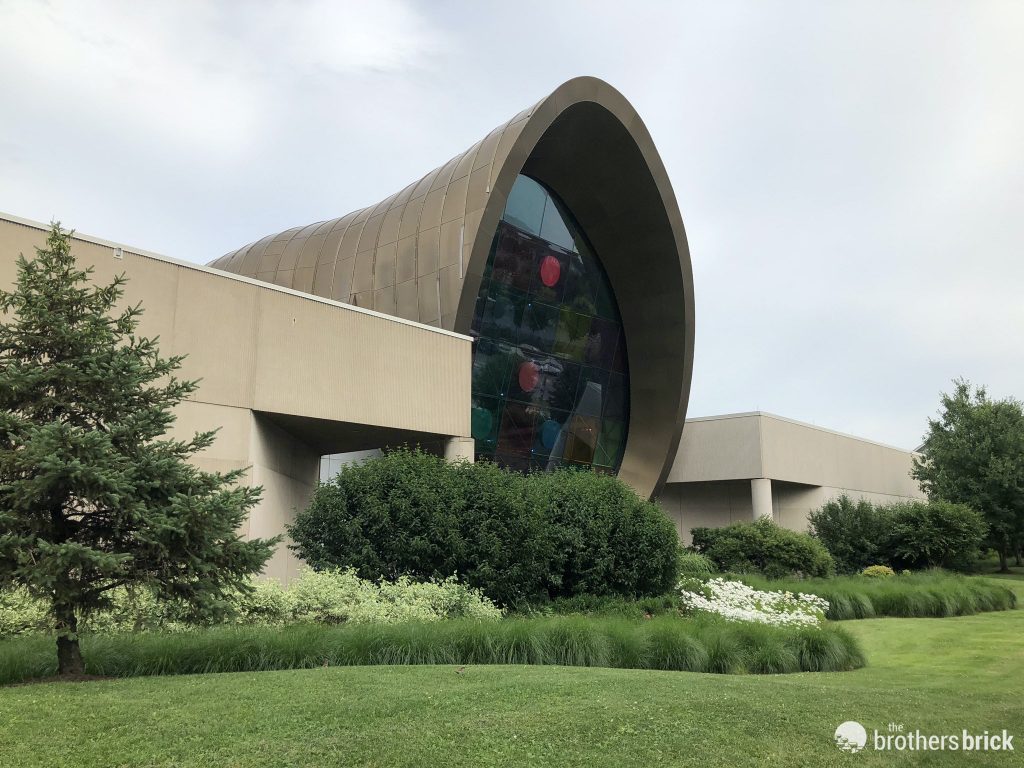





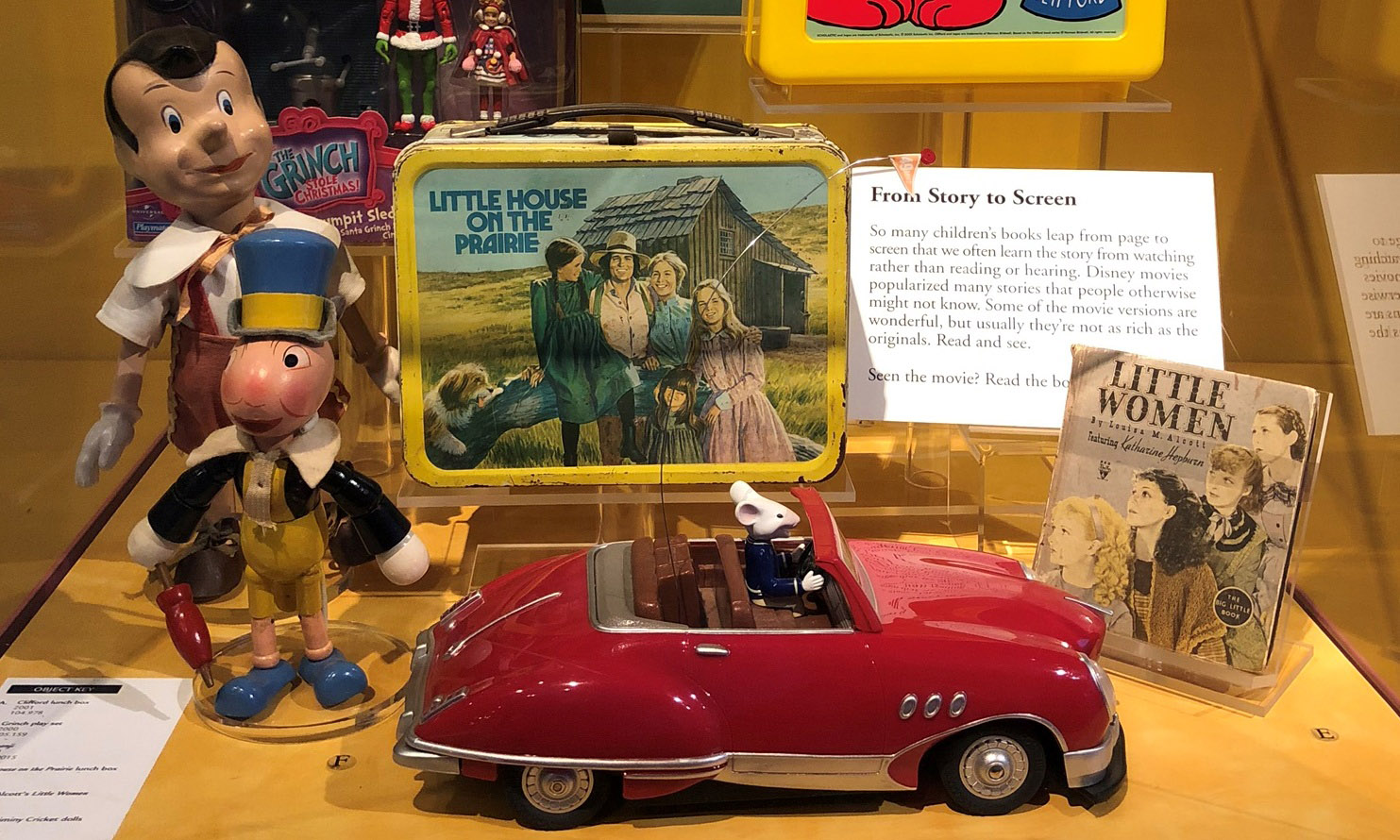







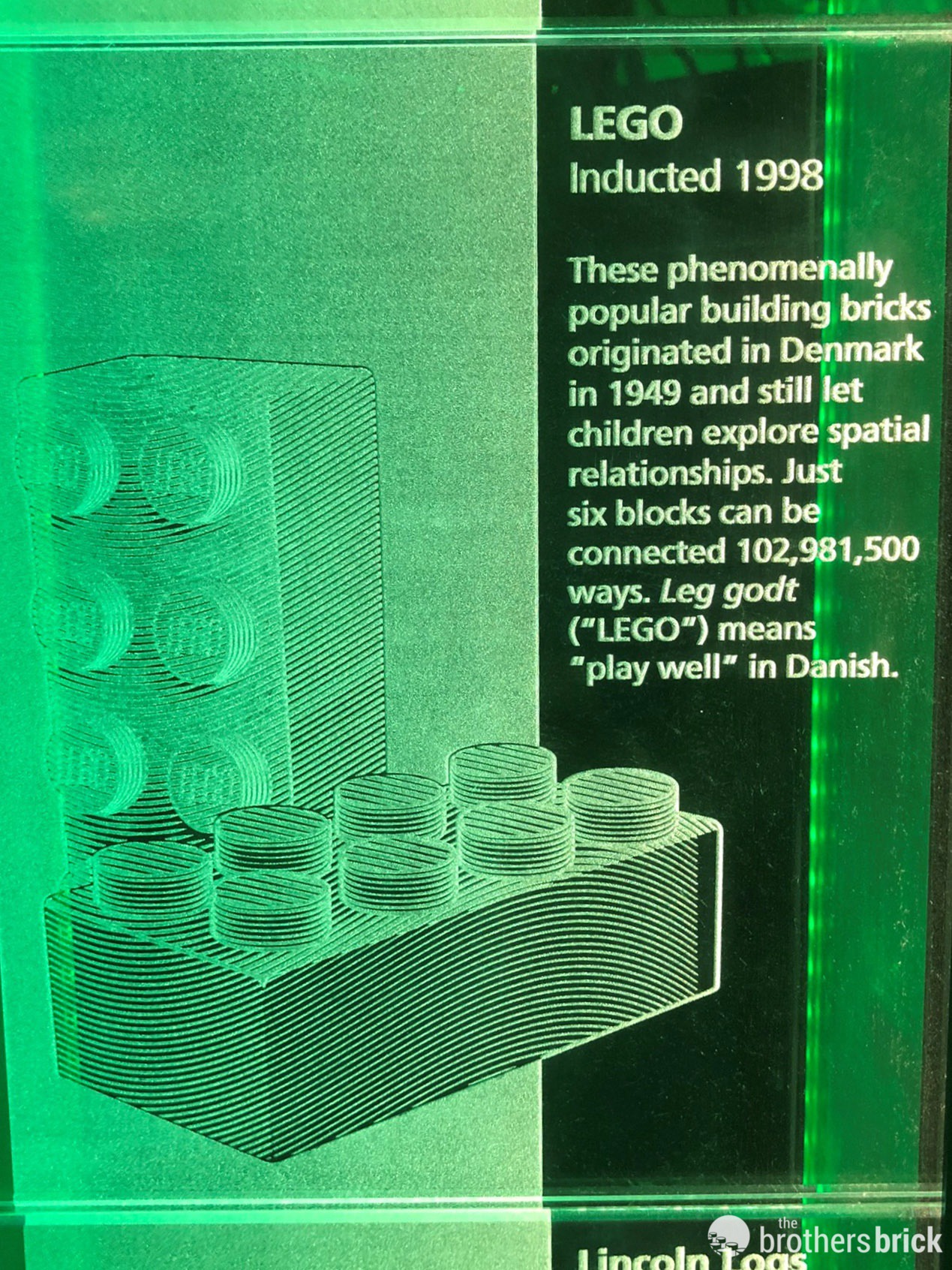


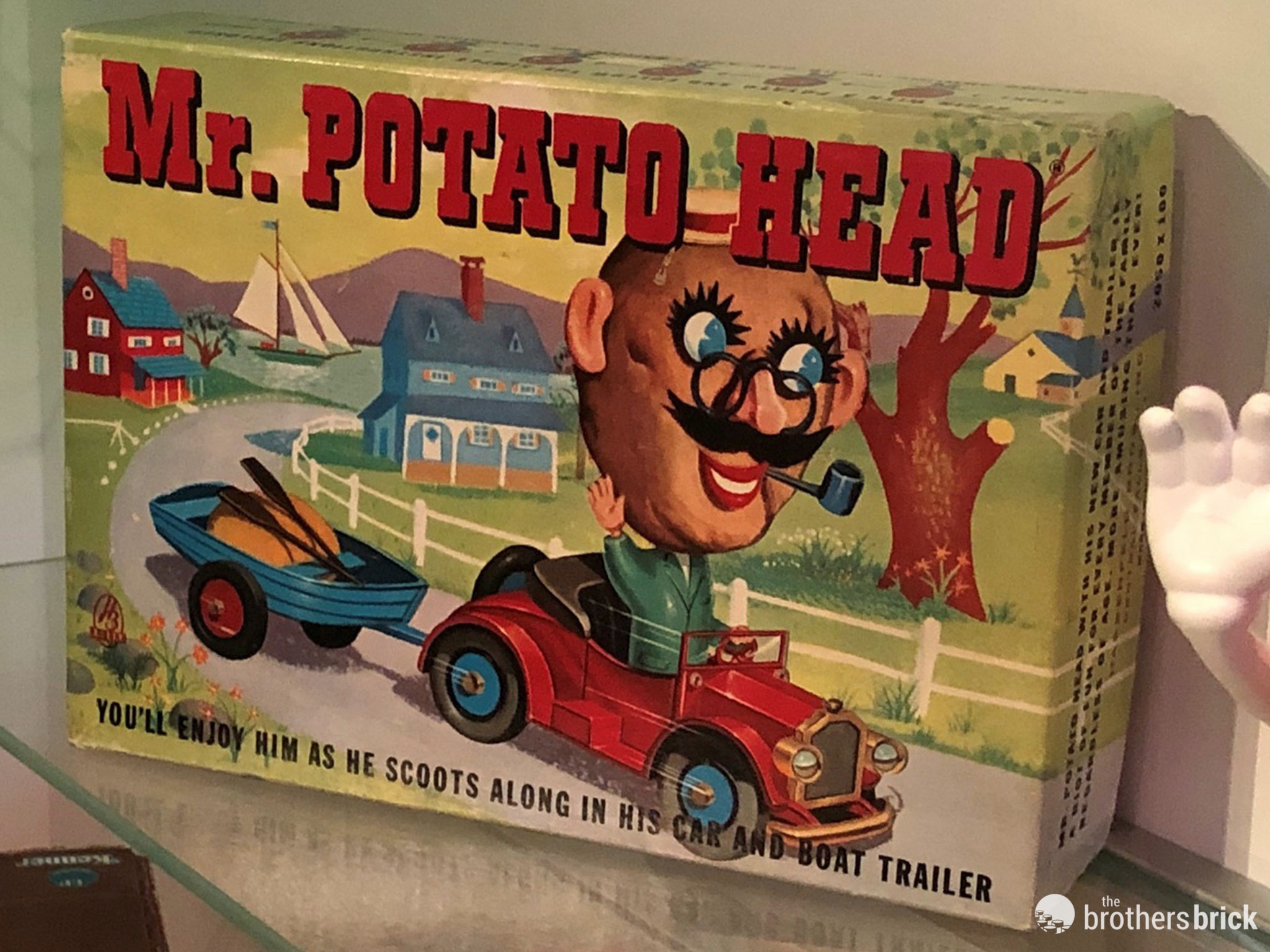










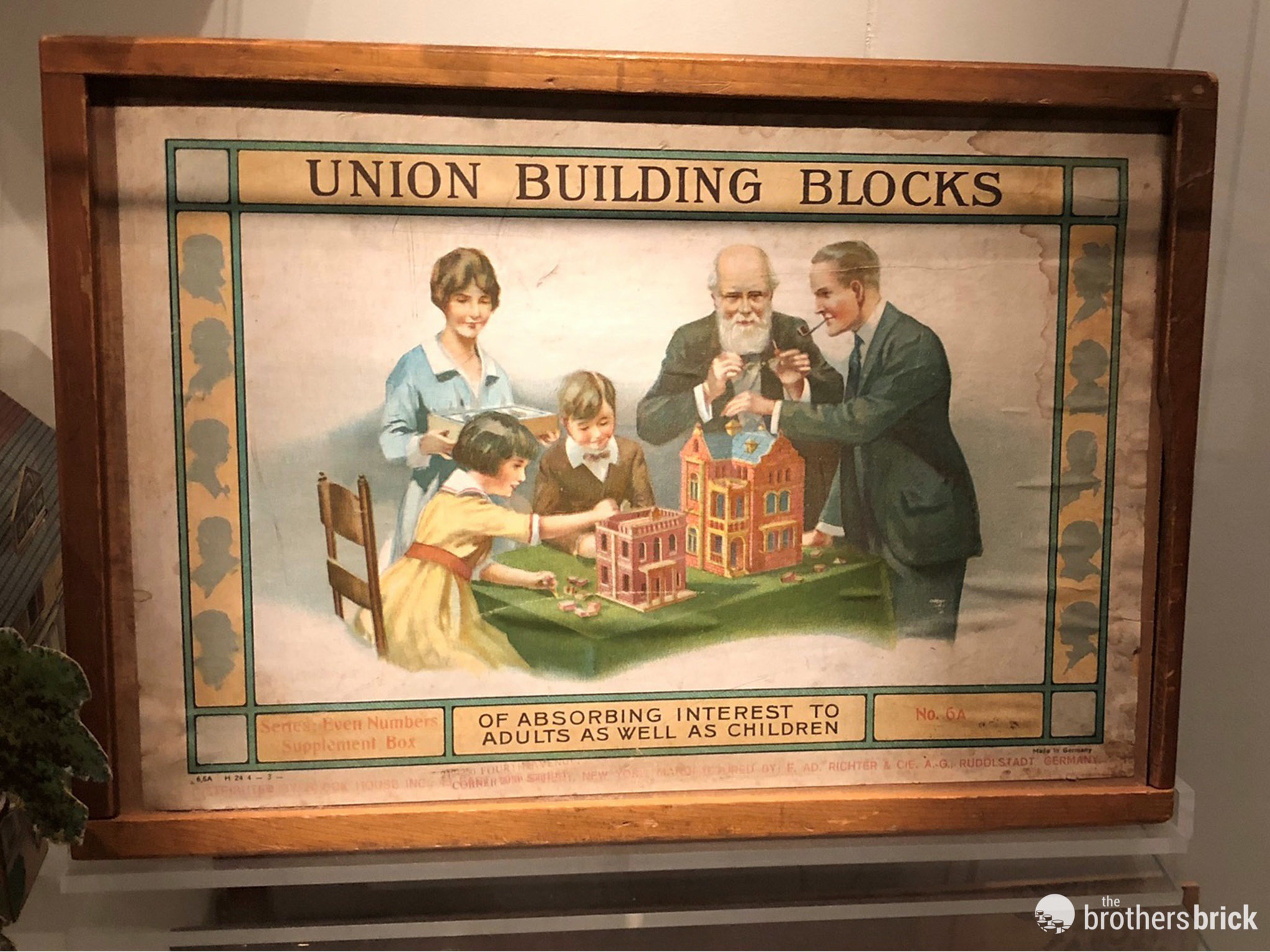





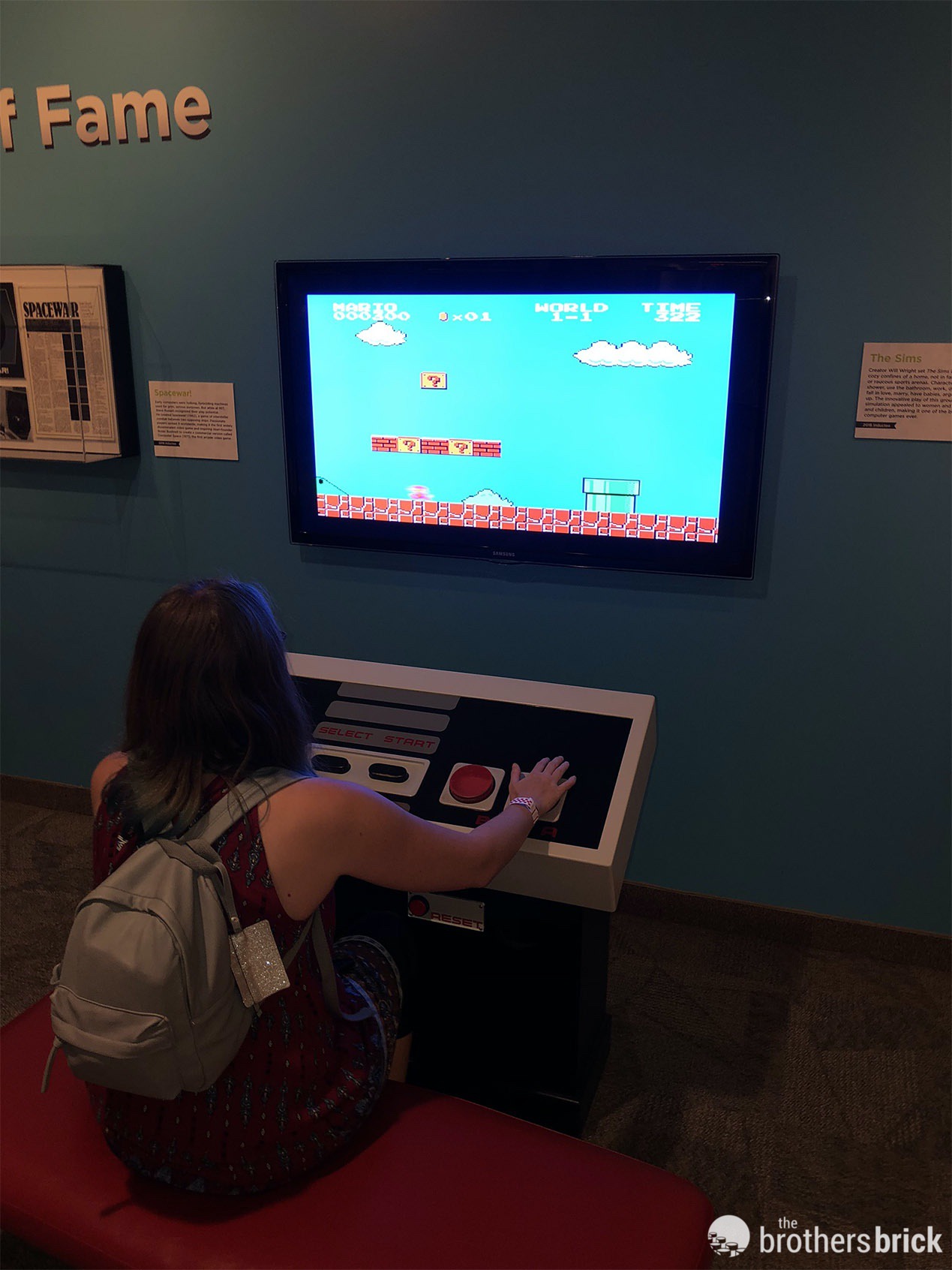






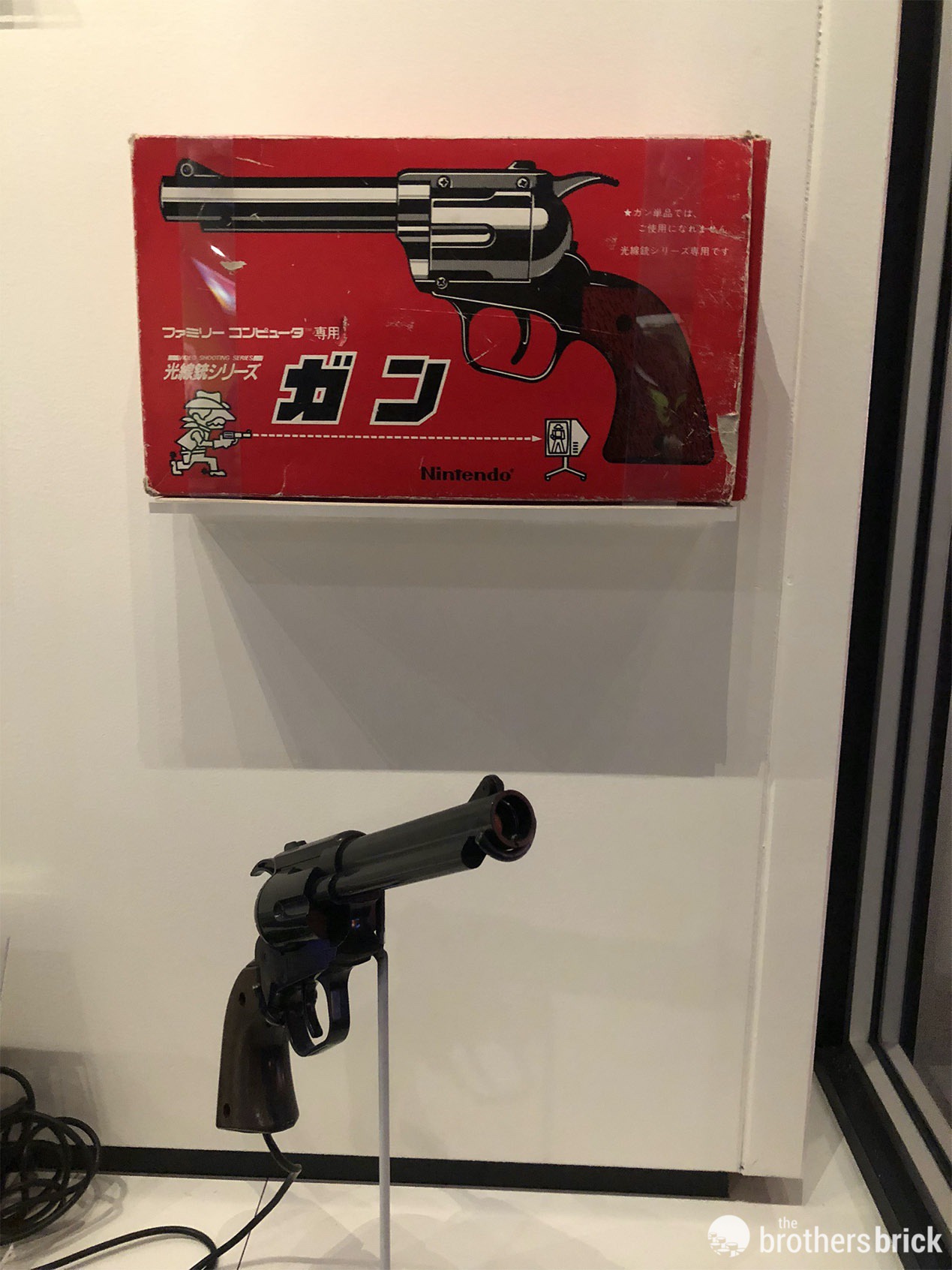








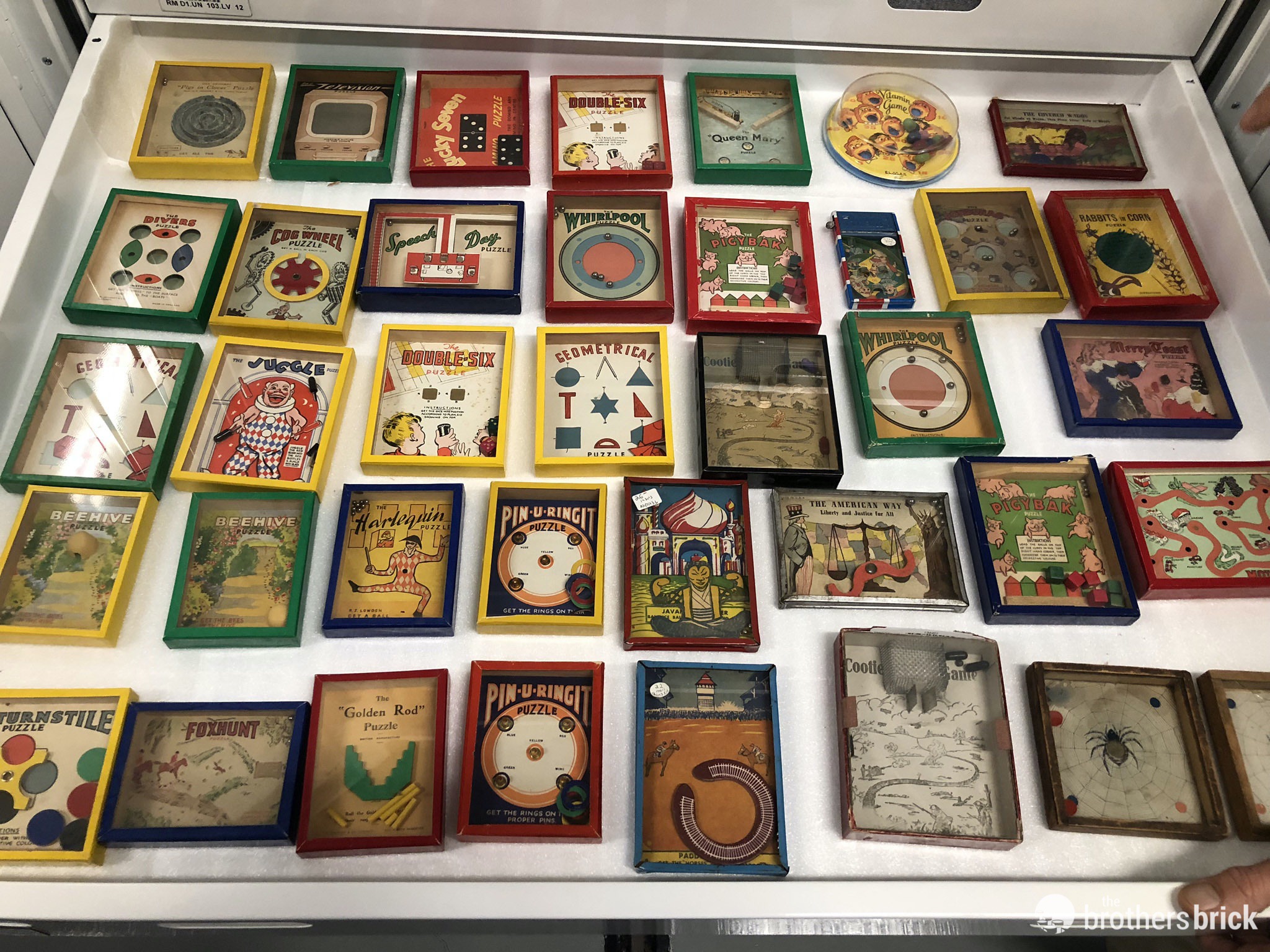





Were the Golden Books by Richard Scarry, and if so, did you take the time to hunt for Gold Bug?
The Little House lunchbox reminds me of one of the weirdest bits of trivia I’ve picked up is that in Finland, a copy of the complete series on DVD is age-restricted. Finland charges by the minute to review movies and TV for home video release ratings, and Little House ran so long that the distribution company was like, “Eh….no.” And they just took advantage of a loophole and released it as Unrated (with automatic age restrictions), figuring everyone could figure it out.
@Purple Dave
That’s fascinating. Huh.
Thanks for the detailed post! I’m a long-time reader and I live in Rochester, and I’ve been to the museum dozens of times, but you filled me in on so many details that I never knew. They always do a fantastic job with the exhibits. They’ve even had Nathan Sawaya’s LEGO sculptures at the museum! I encourage anyone visiting (or residing) in western NY to stop by, because its mesmerizing.
They actually have an archive that you can access with some kind of reservation. I don’t know the details but it’s something I want to do while I’m still living in the area.
@Patrick You’re quite welcome, and you’re also quite lucky to live nearby the museum. I would be going there every weekend for research if I could! I’d like to go again sometime…Perhaps we’ll run into each other.
@Jaina You are correct, The Strong has a research library called the Brian Sutton-Smith Library and Archives of Play. It is open to the public on appointment only, with two weeks notice in advance. I actually had the opportunity to utilize the library for hunting LEGO history and will be writing a follow-up article.
In the meantime, here’s a link to The Strong’s website with information on the library and archives:
https://www.museumofplay.org/about/library-archives-play